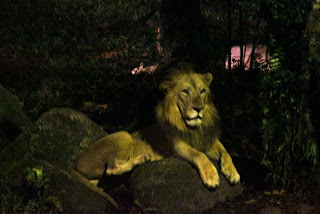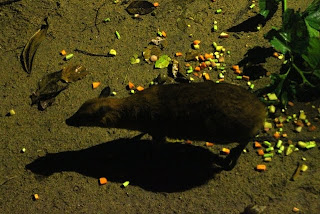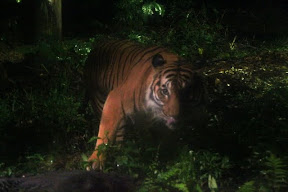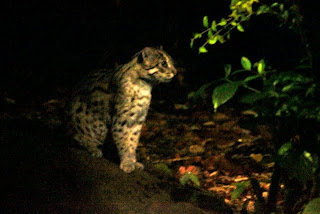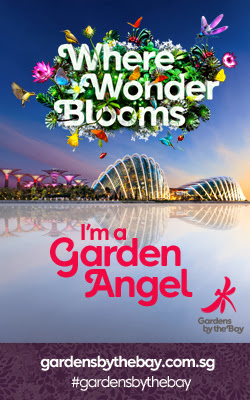North, Singapore
The Night Safari is the world's first nocturnal zoo and is one of the most popular tourist attractions in Singapore.
The concept of a nocturnal park in Singapore was mooted in the 1980s by the former executive chairman of the Singapore Zoo, Dr Ong Swee Law.
The Night Safari currently houses a total of 1,040 animals of 120 species, of which 29% are threatened species. The zoo is managed by Wildlife Reserves Singapore, and about 1.1 million visitors visit the safari per year. The Night Safari received its 11 millionth visitor on 29 May 2007.
